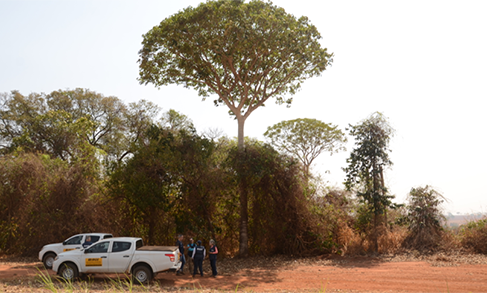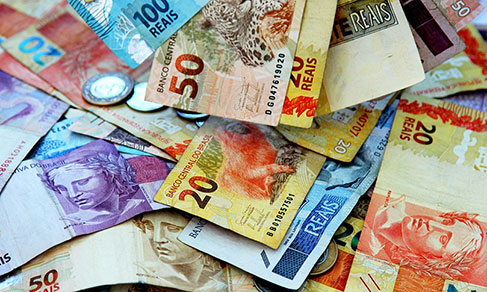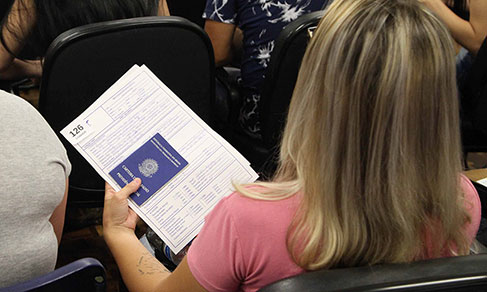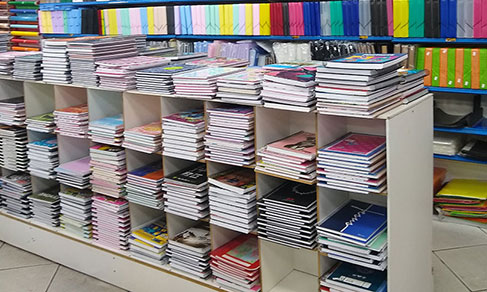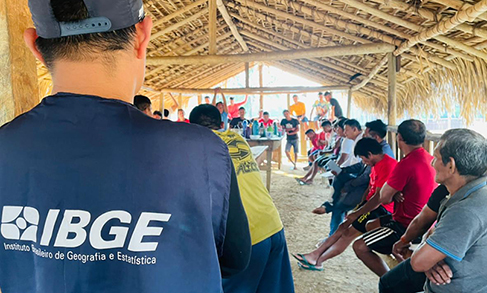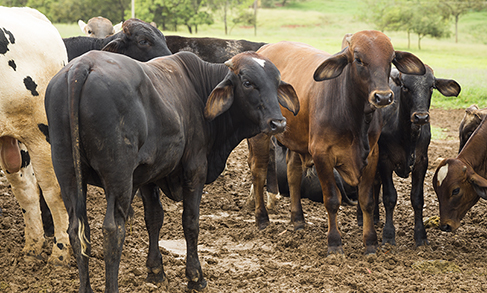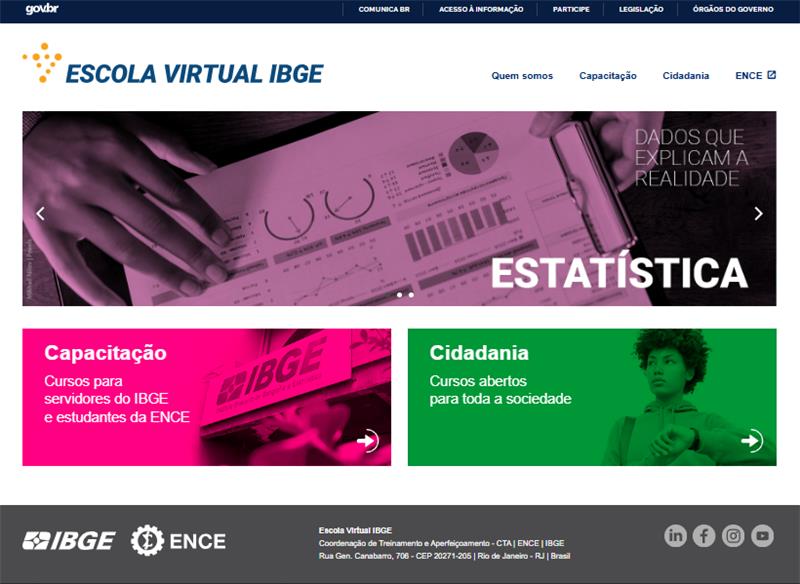2017-2018 POF
10.3 million persons live in households with severe food insecurity
September 17, 2020 10h00 AM | Last Updated: September 17, 2020 07h39 PM
Highlights
- 10.3 million persons lived in households where there was severe food deprivation at least at certain times in 2017-2018.
- Of the 68.9 million households in Brazil, 36.7% had some degree of food insecurity, reaching 84.9 million persons.
- The national prevalence of food security dropped to 63.3% in 2017-2018, reaching its lowest level.
- Half of the country's under-five children (or 6.5 million children in this age group) lived in households with some degree of food insecurity.
- Less than half of the households in the North (43.0%) and Northeast (49.7%) had full and regular access to food.
- Of the 3.1 million households with severe food insecurity in Brazil, 1.3 million were in the Northeast.
- More than half of households with severe food insecurity were headed by women.
- Households with a self-declared brown heads represented 36.9% of households with food security, but stood above 50% for all levels of food insecurity.
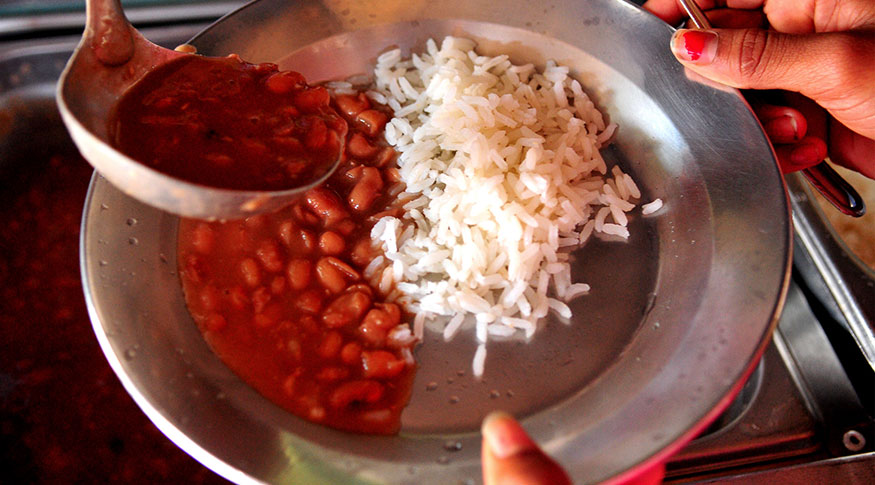
Severe food insecurity was present in the home of 10.3 million Brazilians at least for some time between 2017 and 2018. Of the 68.9 million households in the country, 36.7% had some level of food insecurity, representing at least 84.9 million persons. The information is from the 2017-2018 Consumer Expenditure Survey (POF): Analysis of Food Security in Brazil, released today (17) by the IBGE.
Severe food insecurity was present in the home of 10.3 million Brazilians at least for some time between 2017 and 2018. Of the 68.9 million households in the country, 36.7% had some level of food insecurity, representing at least 84.9 million persons. The information is from the 2017-2018 Consumer Expenditure Survey (POF): Analysis of Food Security in Brazil, released today (17) by the IBGE.
In comparison with 2013 – last time the topic was investigated by IBGE, in the National Household Sample Survey (PNAD) – the prevalence of insecurity regarding access to food increased by 62.4% in Brazilian homes. Insecurity has been decreasing over the years, since 2004, when it appeared in 34.9% of households, 30.2% in PNAD 2009 and 22.6% in PNAD 2013. But in 2017-2018, the situation worsened, reaching 36.7%, equivalent to 25.3 million households. As a result, food security achieved its lowest level (63.3%) since the first time the data were collected. Mild food insecurity reached its highest point.
“In 2017-2018, we saw that the degree of food security decrease and, as everything is proportionally related, it also meant insecurity has increased. There is a distribution. Something in this time interval has caused the population to change their mind on food access, with indication of a greater restriction or, rather, of contingency so that everyone gets some food”, explains survey manager André Martins.
The Brazilian Food Insecurity Scale (EBIA), applied to POF, classifies households according to their level of security regarding access to food in quantity and quality.
In 2017-2018, there were 43.6 million Brazilian households that had food security. "These are households that have full and regular access to food in sufficient quantity without compromising access to other essential needs, that is, household where access to food is not a concern," says Mr. Martins.
Regarding food insecurity, households can be classified into three levels: mild, moderate and severe. Households have mild food insecurity when there is anxiety about access to food in the future, compromising the present food quality. In this context, residents already take on strategies to keep a minimum quantity of food available. For instance, by replacing a food item with a cheaper one. At the second level, of moderate insecurity, residents have a reduced amount of food. Severe insecurity appears when residents have suffered severe intake deprivation, and, ultimately, from hunger.
The survey shows that at least half of children under five years of age lived in homes with some degree of food insecurity. There are 6.5 million children living under those conditions. In 2017-2018, 5.1% of children under 5 years old and 7.3% of persons aged between 5 and 17 years lived in households with severe food insecurity. There is an indication, therefore, of greater vulnerability to food restriction in homes where there are children or adolescents.
“When a household has severe food insecurity, there is a greater restriction of food access, with a reduction of residents’ intake, including children, when there are any. And in those homes, people might have gone hungry, that is, at least someone has been without food all day”, says the researcher.
The greatest restriction in food access is more common in households in rural areas in Brazil. The proportion of severe food insecurity was 7.1% in there, three percentage points above the figure observed in the urban area (4.1%).
“This is very much associated with working conditions. In other words, people in urban areas have more options. These differences arise from easier access to both food and opportunities. In urban areas, strategies can be more easily adopted than in rural ones”, explains the researcher.
Severe food insecurity remains more present in the North and Northeast
Food insecurity appears unevenly across regions. The North and Northeast were below the national average: less than half of their households had food security. This inequality had already been present in the 2004, 2009 and 2013 surveys.
The food insecurity scenario is more frequent in those two Regions. Of the 3.1 million households with severe insecurity in the country, 1.3 million were in the Northeast, which is equivalent to 7.1% of households. The most restricted form of access to food reached 10.2% of households in the North (508 thousand).
As in the national scenario, food security in those regions had been increasing since 2004, but it declined in 2017-2018. In 2004, food security was present in 53.4% of households in the North and reached its highest point in 2013 (63.9%), but it dropped to 43% in the last survey. In 2004, 46.4% of households in the Northeast were food secure, rising 61.9% in 2013 and falling to 49.7% in 2017-2018.
The other Regions surpassed the national average: Central-West with 64.8%, Southeast, 68.8% and South, 79.3%. Despite this, their figures have also dropped to the lowest percentage of food security since the data collection began.
Basic food weighs more in the income of food insecure households
As the levels of severity of food insecurity increase, the percentage share of expenditure on food also grows. In households with food security, the monthly percentage of expenditure on food was 16.3% in relation to the rest of consumption expenditure. In households with severe insecurity, that percentage was 23.4%.
Food expenditure, as disclosed in the first results of 2017-2018 POF , represented 14.2% of total expenditures and 17.5% of household expenditures in the country. The survey now points out that most of the expenditure in food groups decreases as levels of food insecurity increase. For example, people with greater difficulty to access food spend less on certain products, such as fruits, meat and dairy products.
The average monthly family expenditure on meat, offal and fish in food secure households, for example, was R$ 94.98, while it was R$ 65.12 among families in which there is more severe deprivation of food intake. On the other hand, more basic foods, such as rice, beans, poultry and eggs represent higher expenditure among the group of severe food insecurity. The biggest difference was observed in rice: the average monthly expenditure of food secure households was R$ 11.32, while in those of severe food insecurity, was R$ 15.01.
“Besides the fact that food has a greater weight in their expenditure, those families have a different consumption pattern. They give great importance to cereals and legumes, both in terms of cost and in terms of quantity”, highlights José Mauro de Freitas, technician of the POF team.
More than half of households with severe food insecurity are headed by women
Men are the head in 61.4% of food secure households. In households in conditions of severe food insecurity, women head predominate (51.9%).
“There are several studies that approach the situation. Factors such as access conditions to work can end up resulting in less income and more difficulty with the household expenditure, making households more vulnerable to food insecurity”, explains Mr. Martins.
In the analysis by color or race, the households in which the reference person was self-declared brown were 36.9% of those with food security, but they stood above 50% for all levels of food insecurity (50.7% for mild, 56.6% for moderate and 58.1% for severe). In 15.8% of all households with severe food insecurity, the head was self-declared black. In food secure households, that percentage is 10%.


